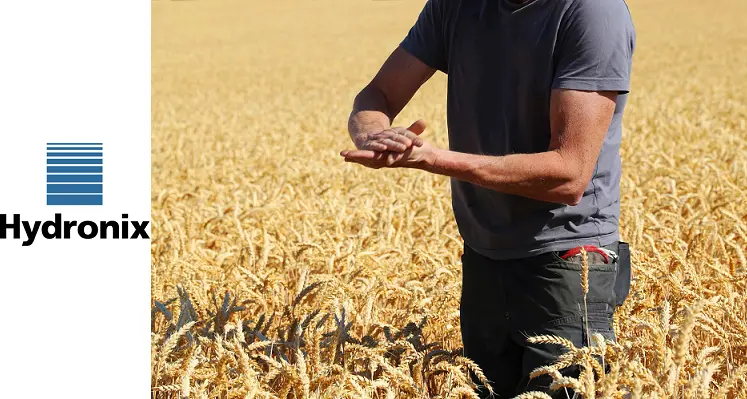Recent advances in moisture measurement technology are enabling forward-thinking businesses to achieve better control of their grain processing operations, rewarding them with numerous benefits, such as quality improvement, yield maximisation, energy savings and more
Outlined below are some of the benefits of using modern moisture measurement sensors, along with the defining characteristics of the latest sensors, which make them an attractive investment for all producers.
Harvesting and threshing
Varying moisture contents must be taken into consideration during harvesting with adjustments made to the table-cutting height, forward speed, and cutter rotational speeds. These adjustments may be made by intelligent machinery or manually.
Drying and storage
To regulate the storage operations and react to problems in a timely fashion, monitoring and controlling moisture during transfer to storage is essential.
Conditioning
The conditioning process is also used to heat the material to kill bacteria and other contaminants, to cook ingredients, and to gelatinate starch. In the same way, moisture control enhances the drying phase, it also improves the conditioning process by monitoring changes in the input material. This allows the control system to react to these changes, ensuring the correct moisture levels in the processed grain.
Grinding
Grinding is one of the most energy-consuming transformations in many food processes, and one of the primary factors affecting energy consumption during this process, is the moisture content of the grain.
Transport and flowability
Moisture content determines the flowability of the particles, as the bonds between water molecules affect the stickiness and caking effect of the powder. Even small variations in factors, particularly moisture content, can result in caking or bridging that will impair the ability to transport the grain.
Pelletising
With a wide range of applications and recipes, the content of the mix varies considerably. The water content, however, remains an important factor and is a key determinant of pellet quality.
Controls and sensors
In summary, the moisture content in grains affects the cost and the quality of the end products. It is essential to monitor and control the water content of the material at every step of the process to improve efficiency, reduce carbon footprint, and save money, as well as ensure a consistently good product.
Hydronix sensors are technically more accurate than it is possible to calibrate in the real world, so Hydronix always recommends a diligent approach to calibration.
Read the full article here: https://hubs.li/Q02lW4ps0





